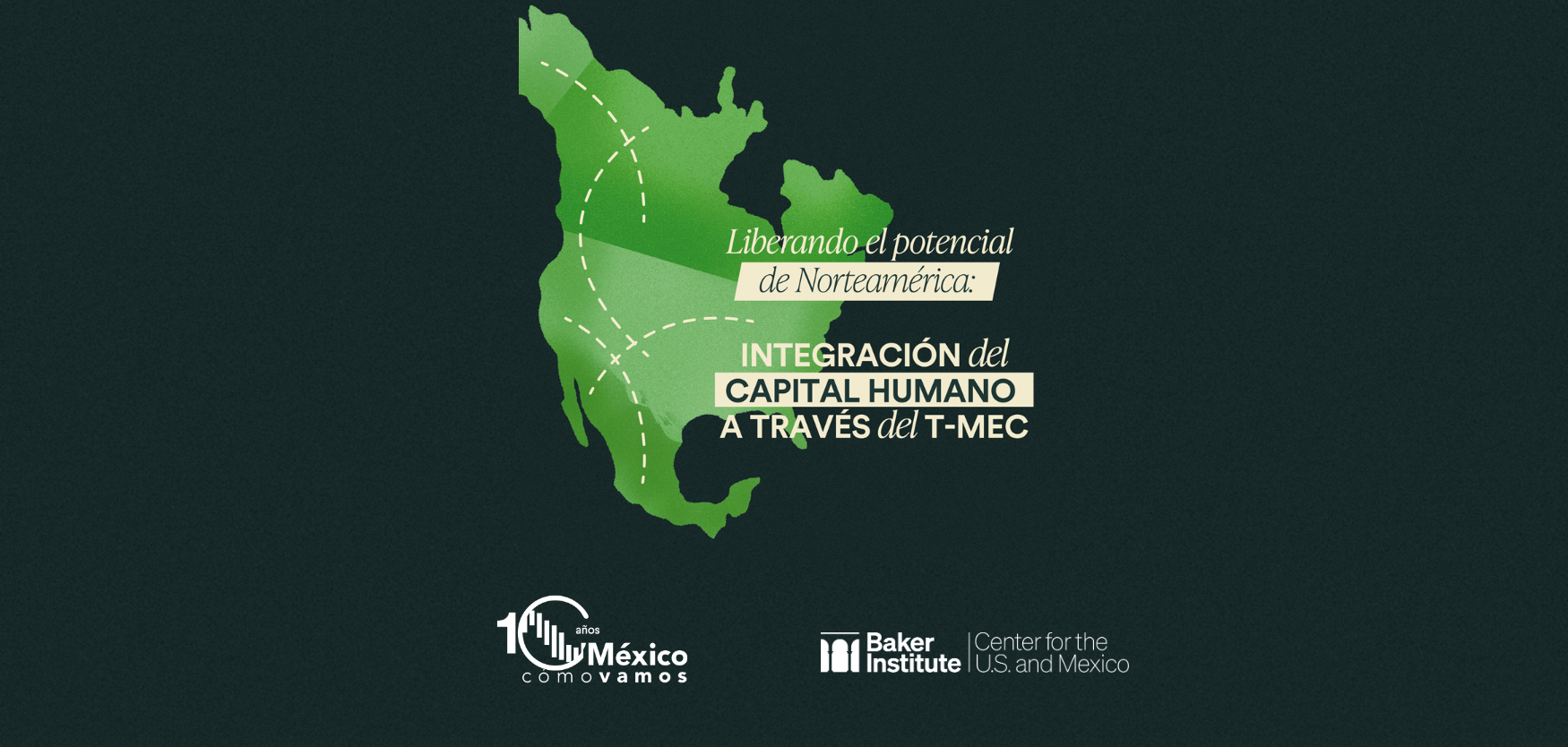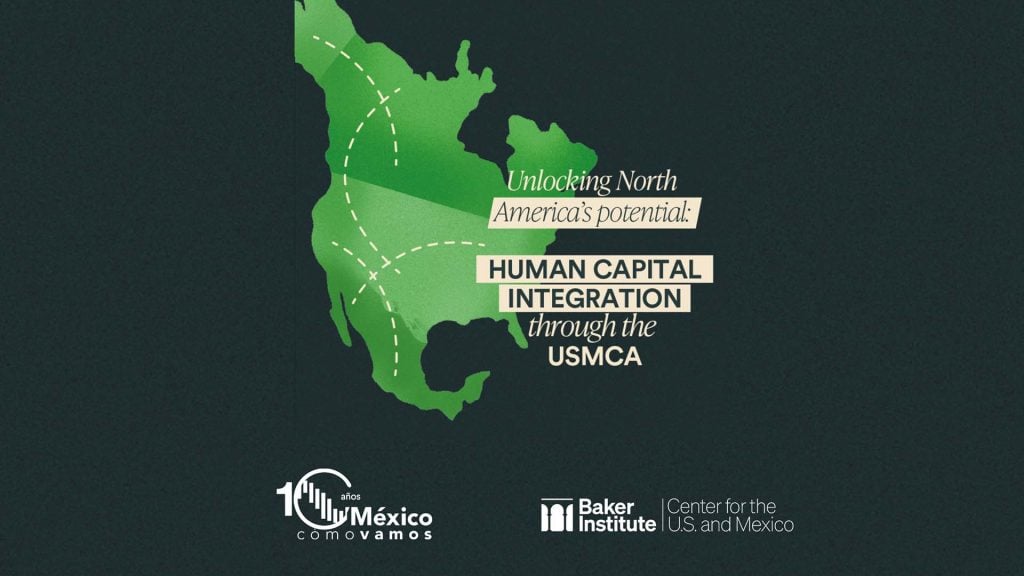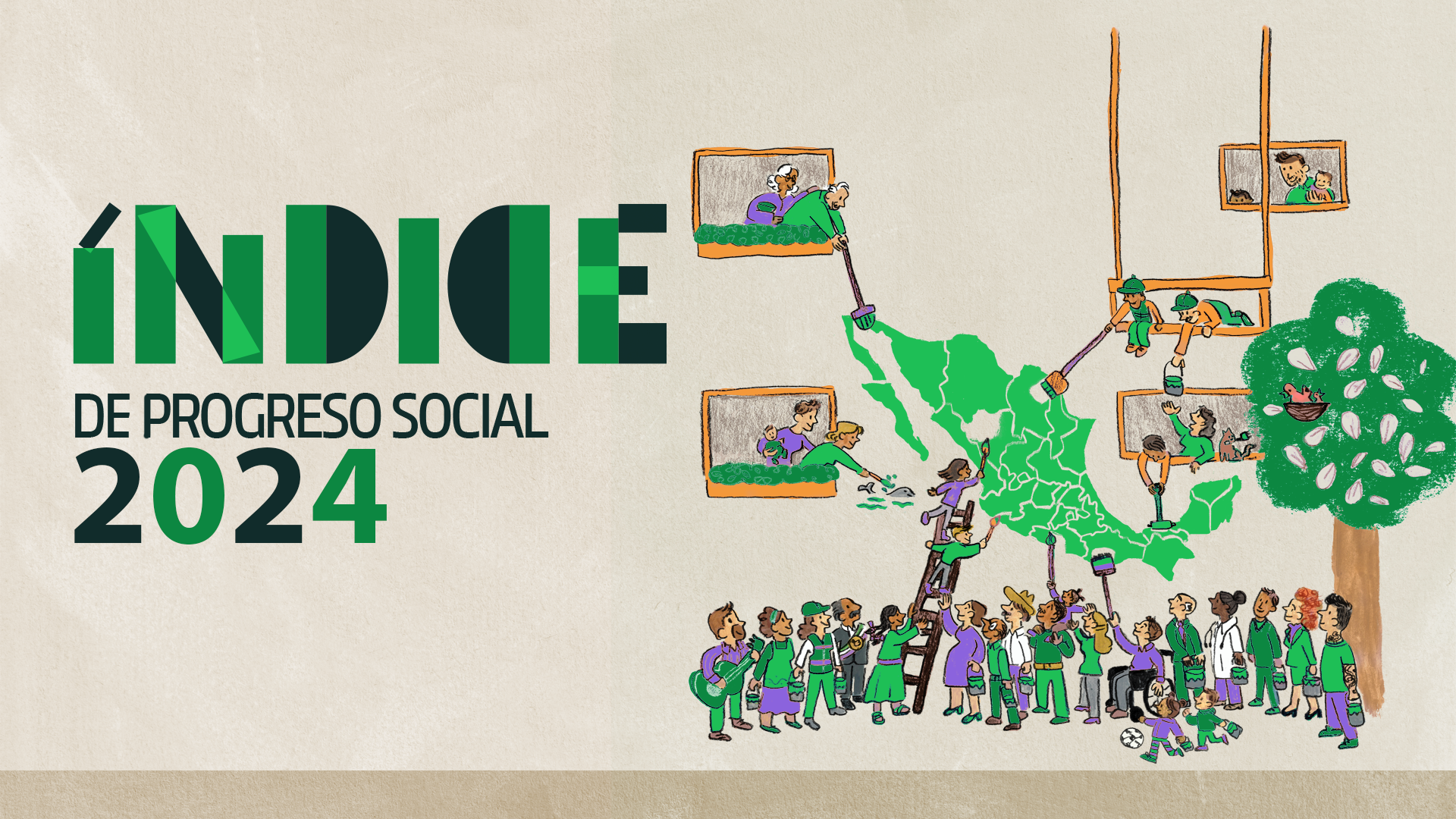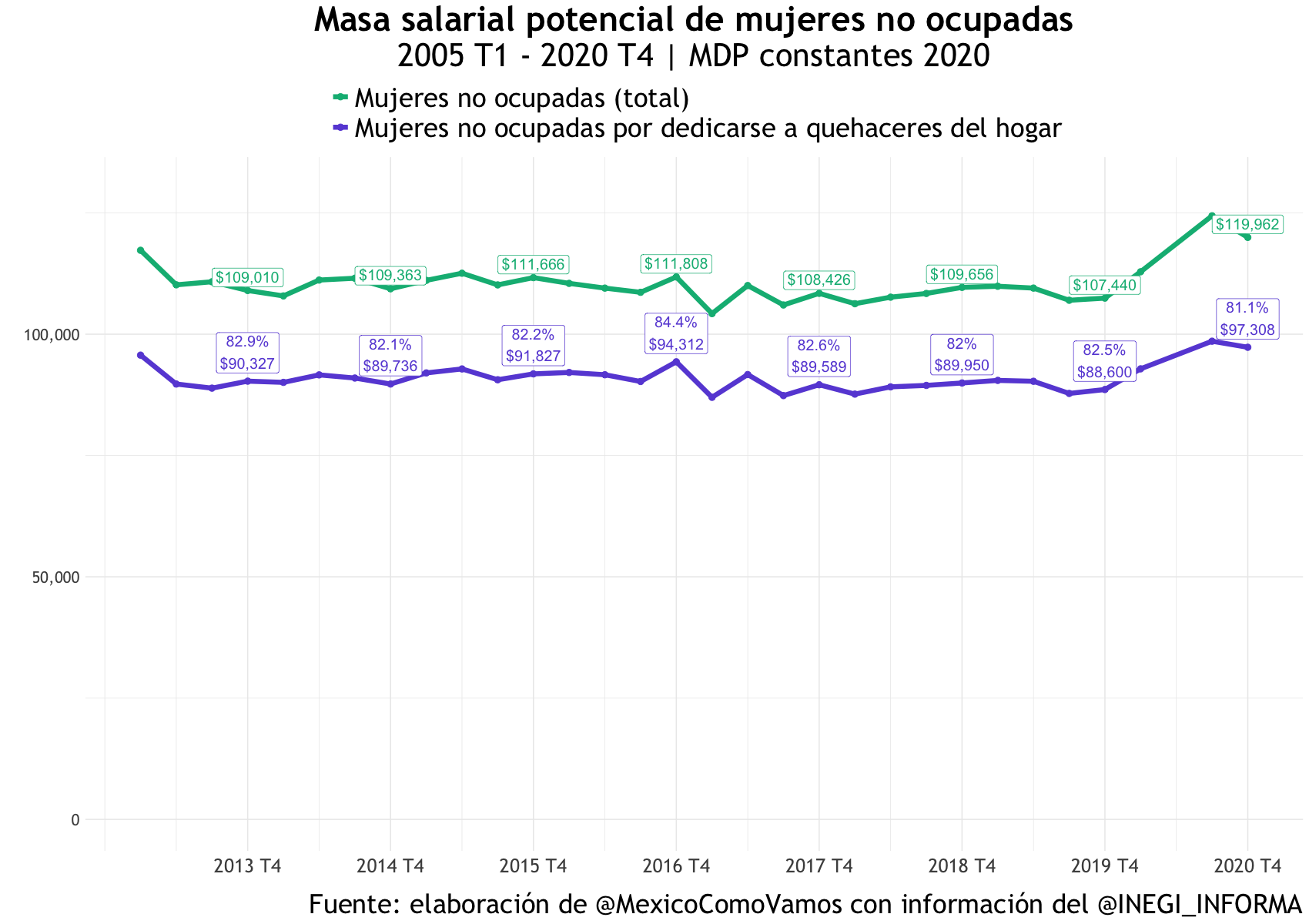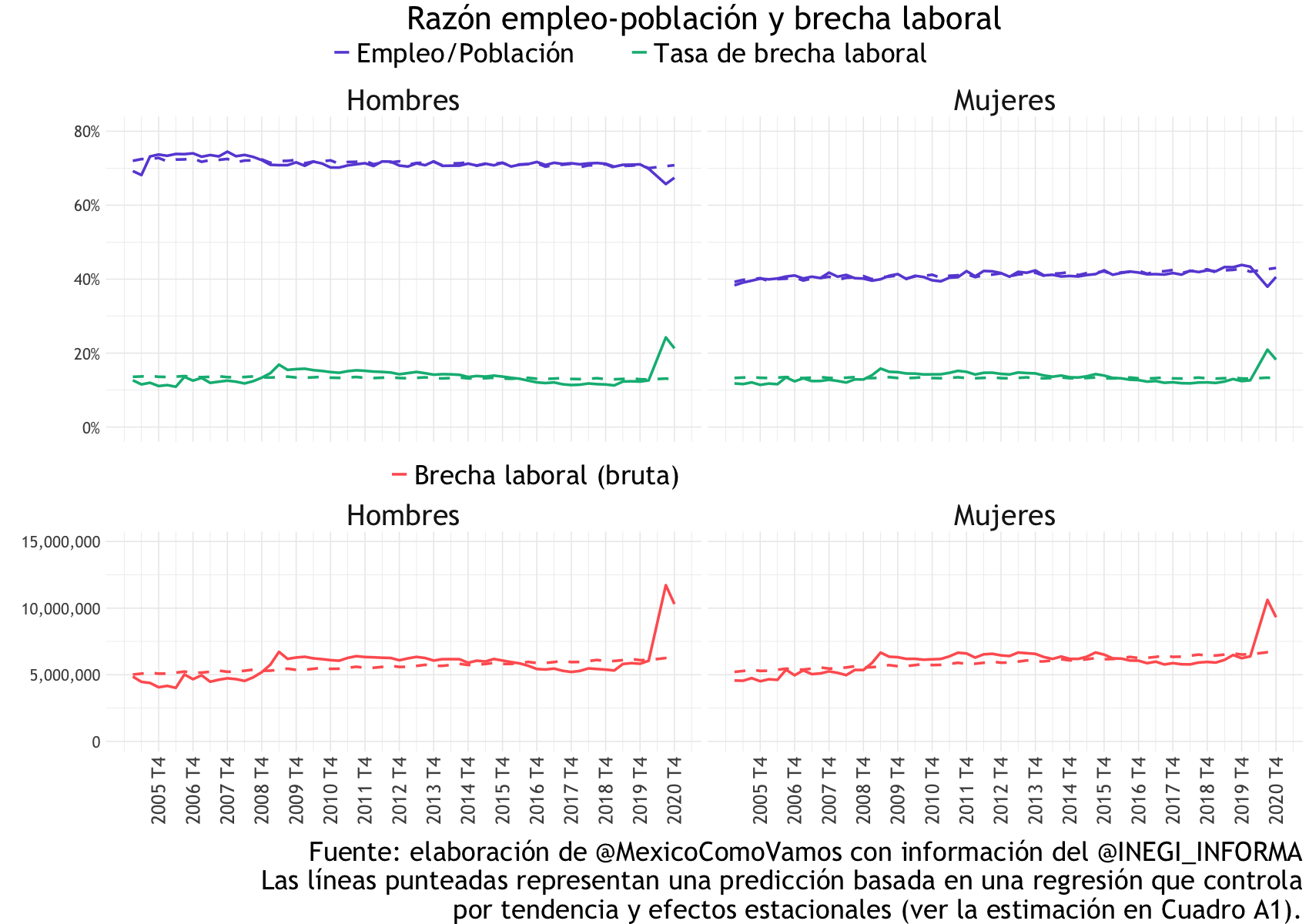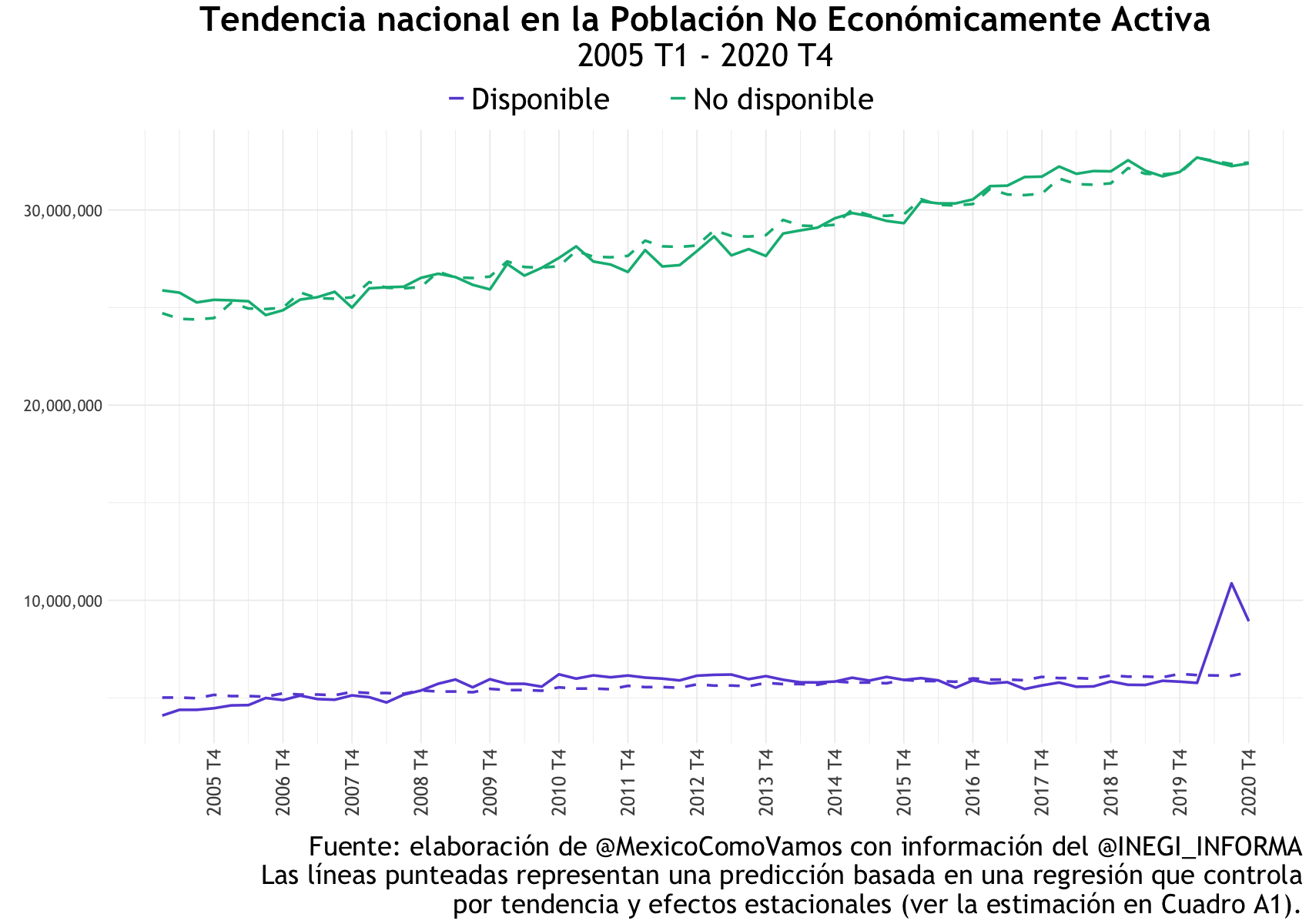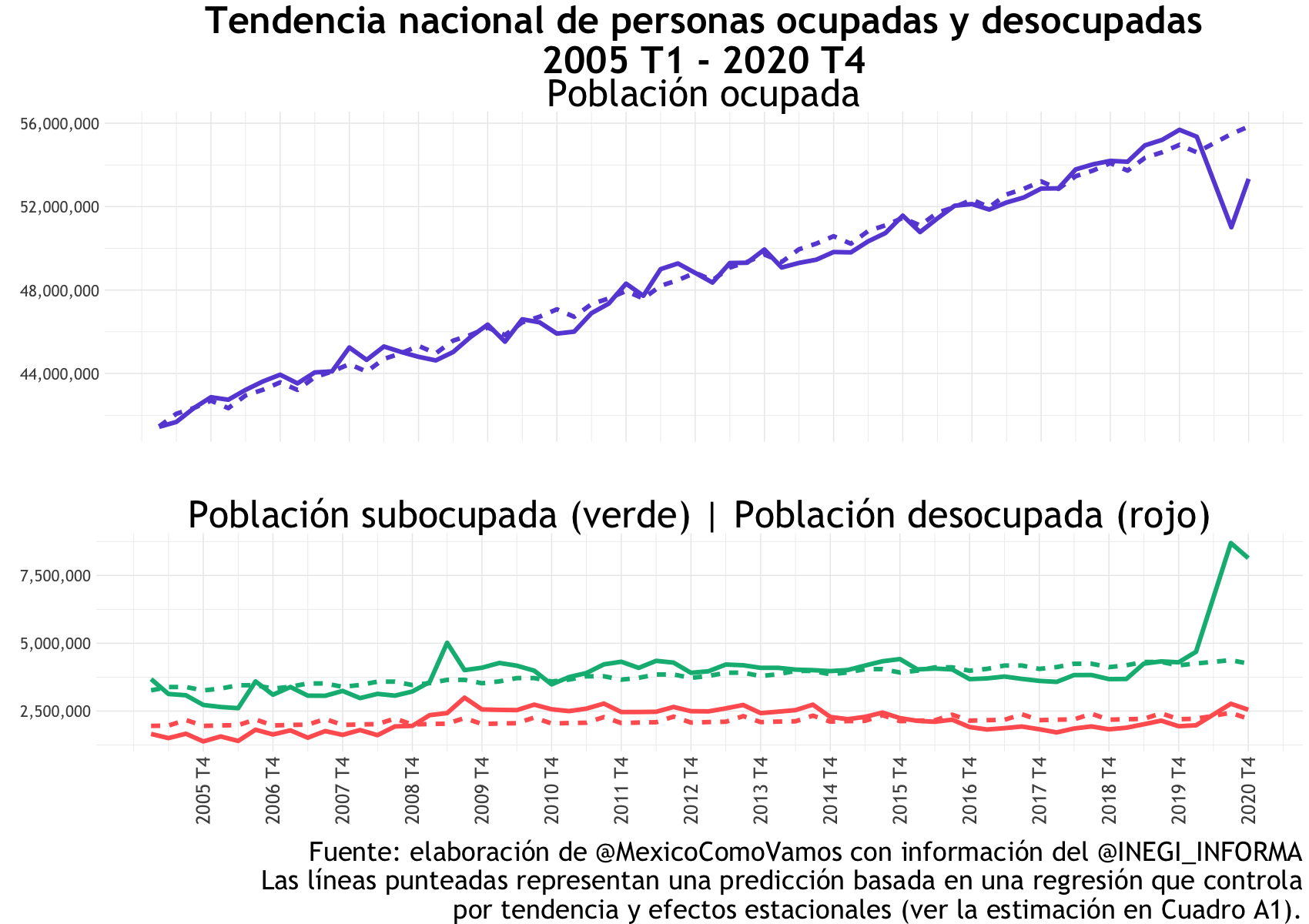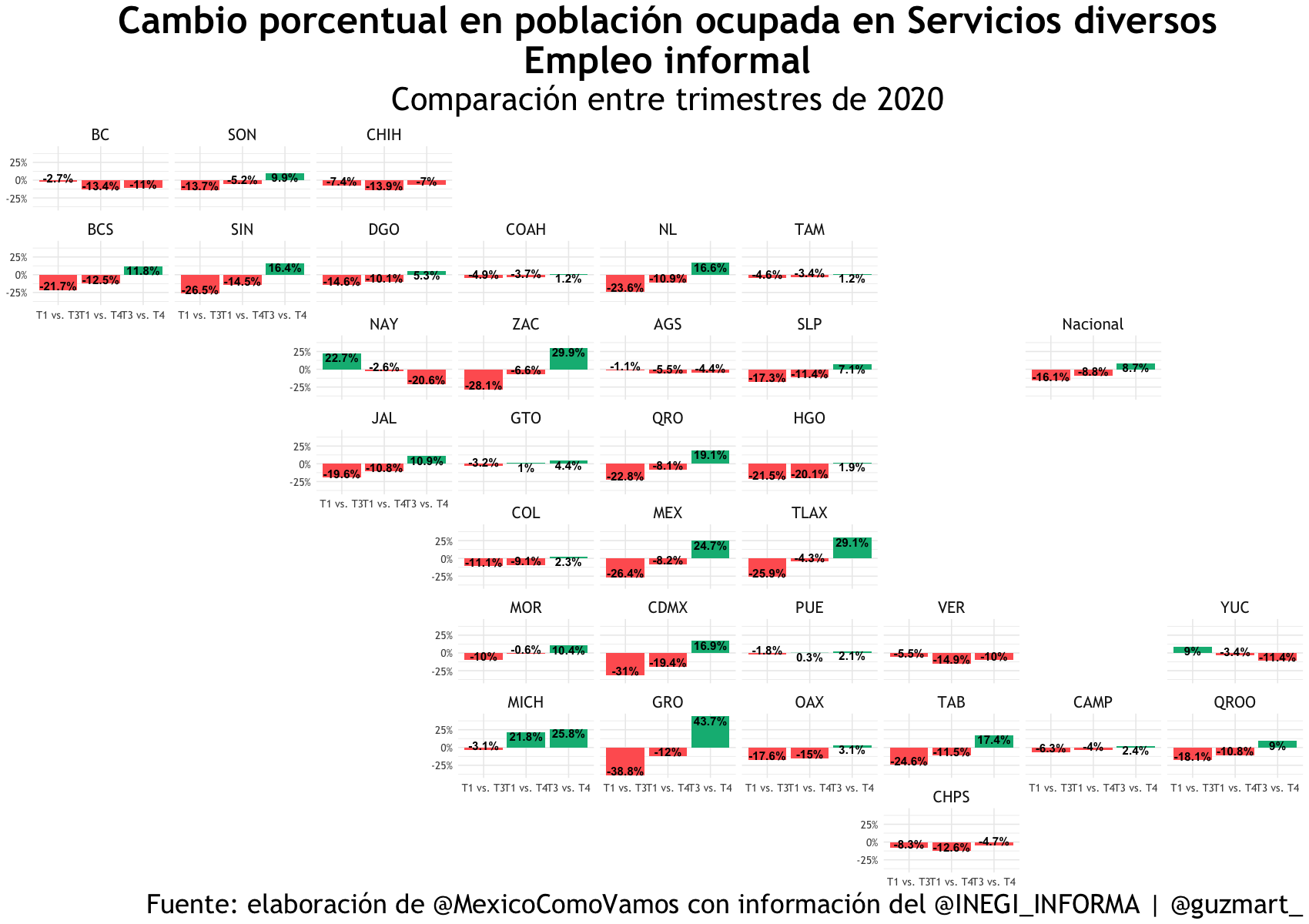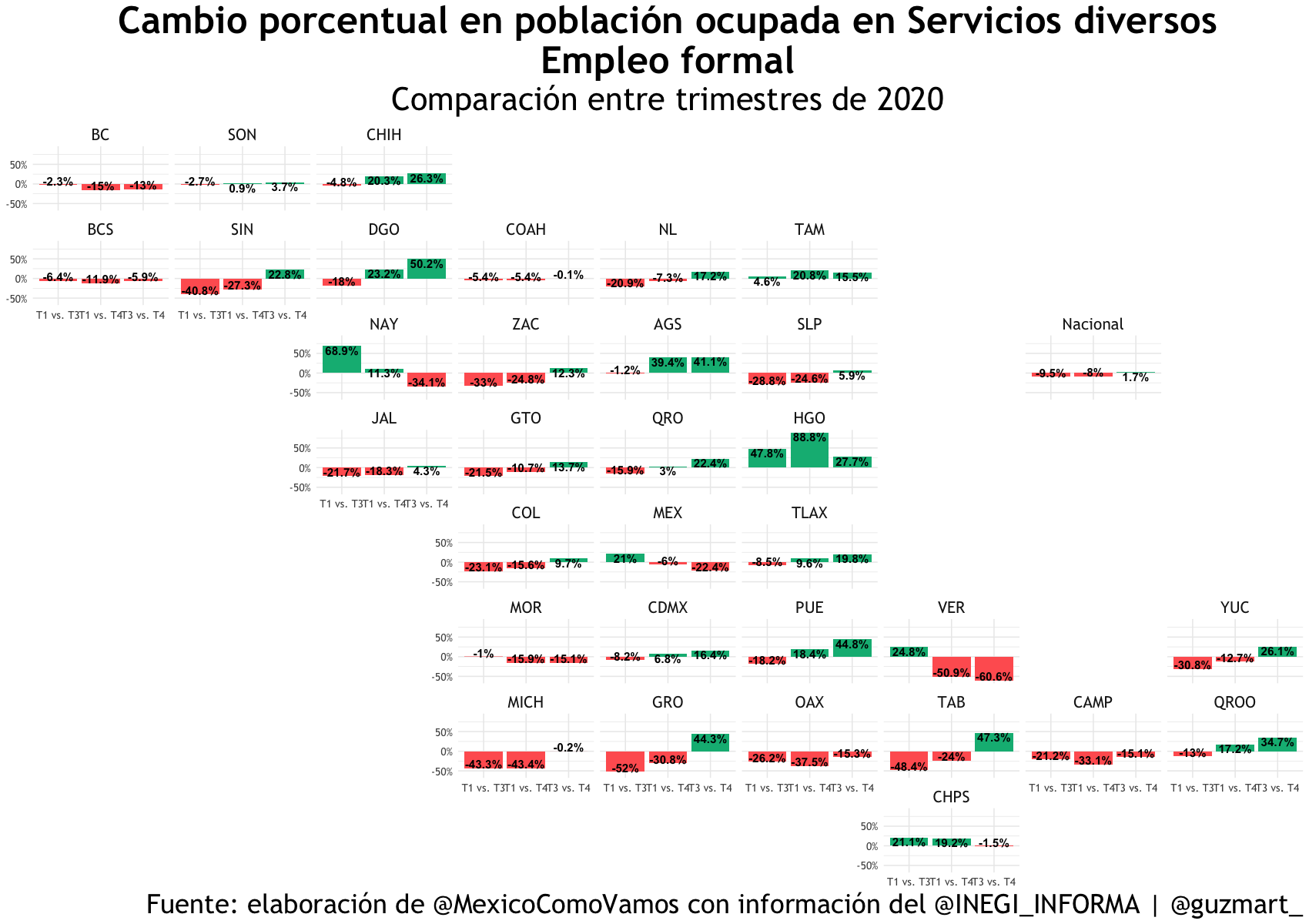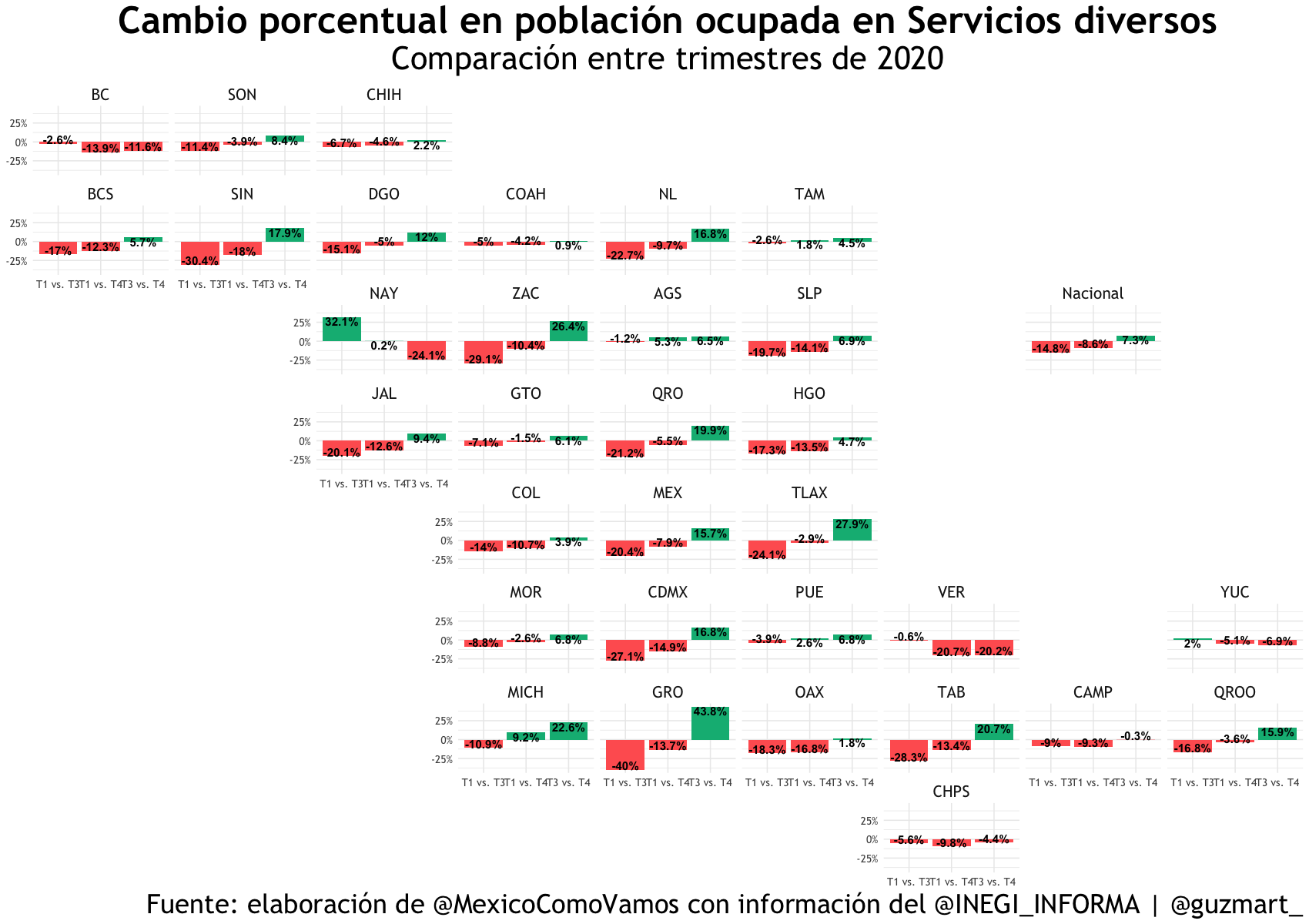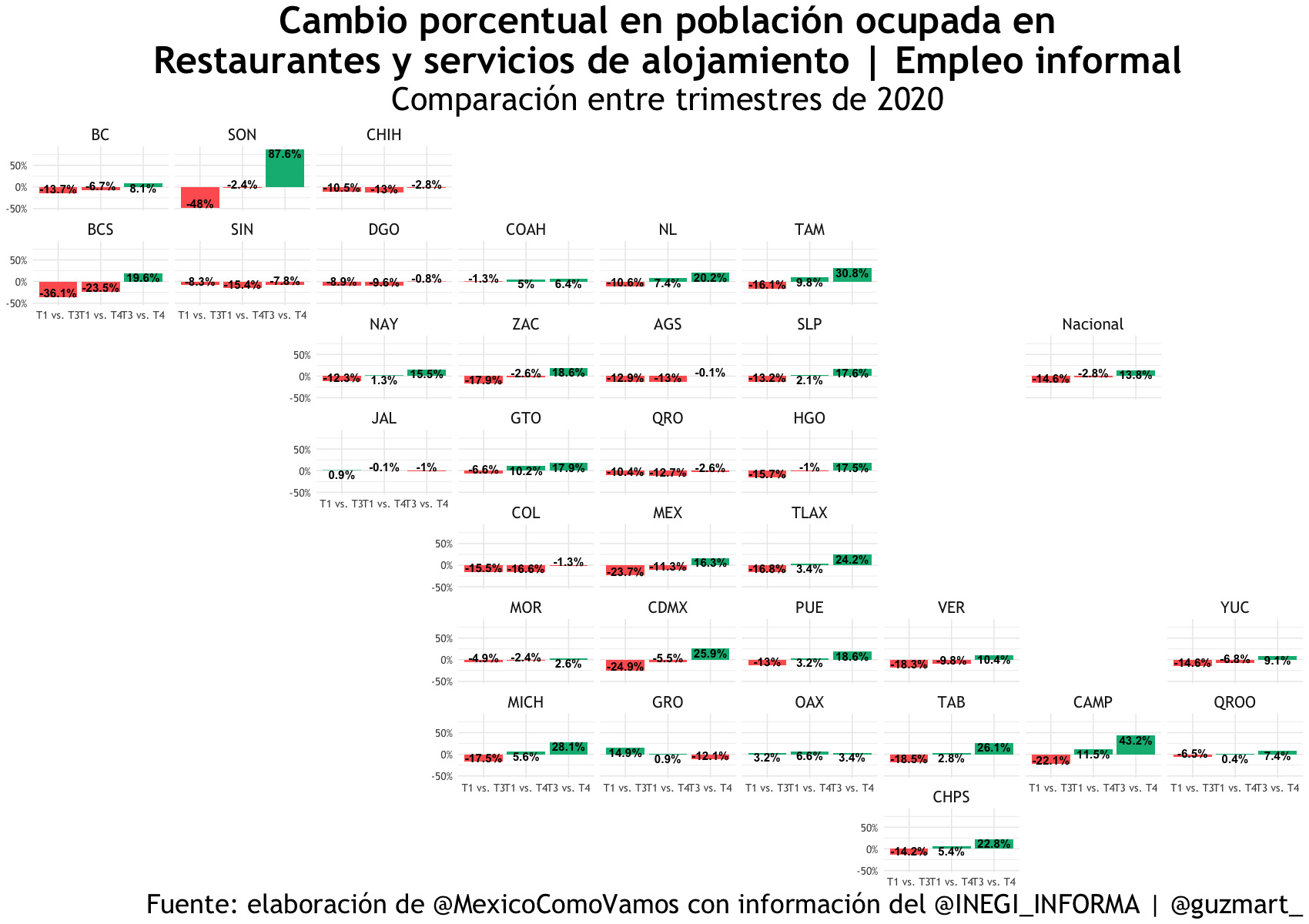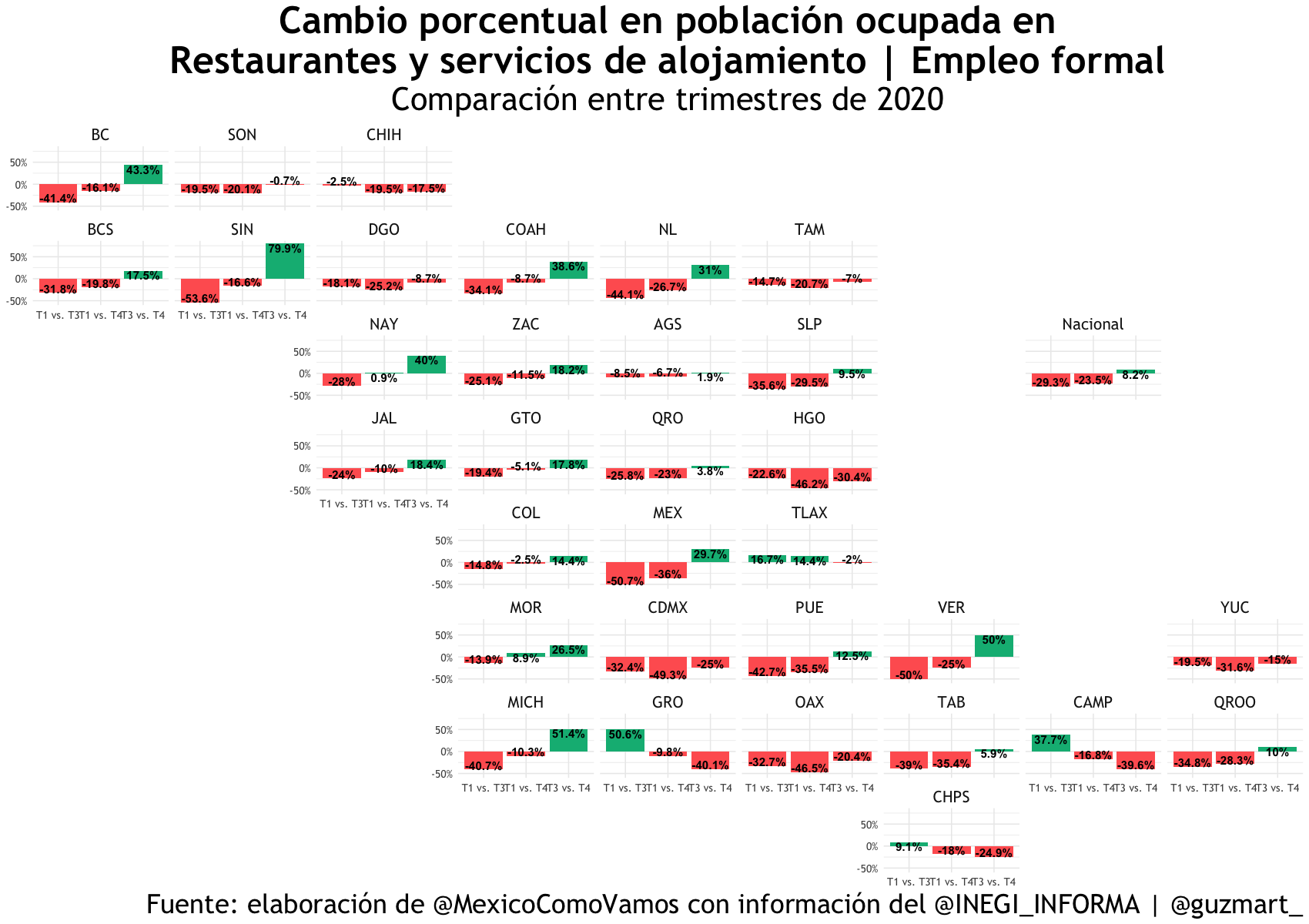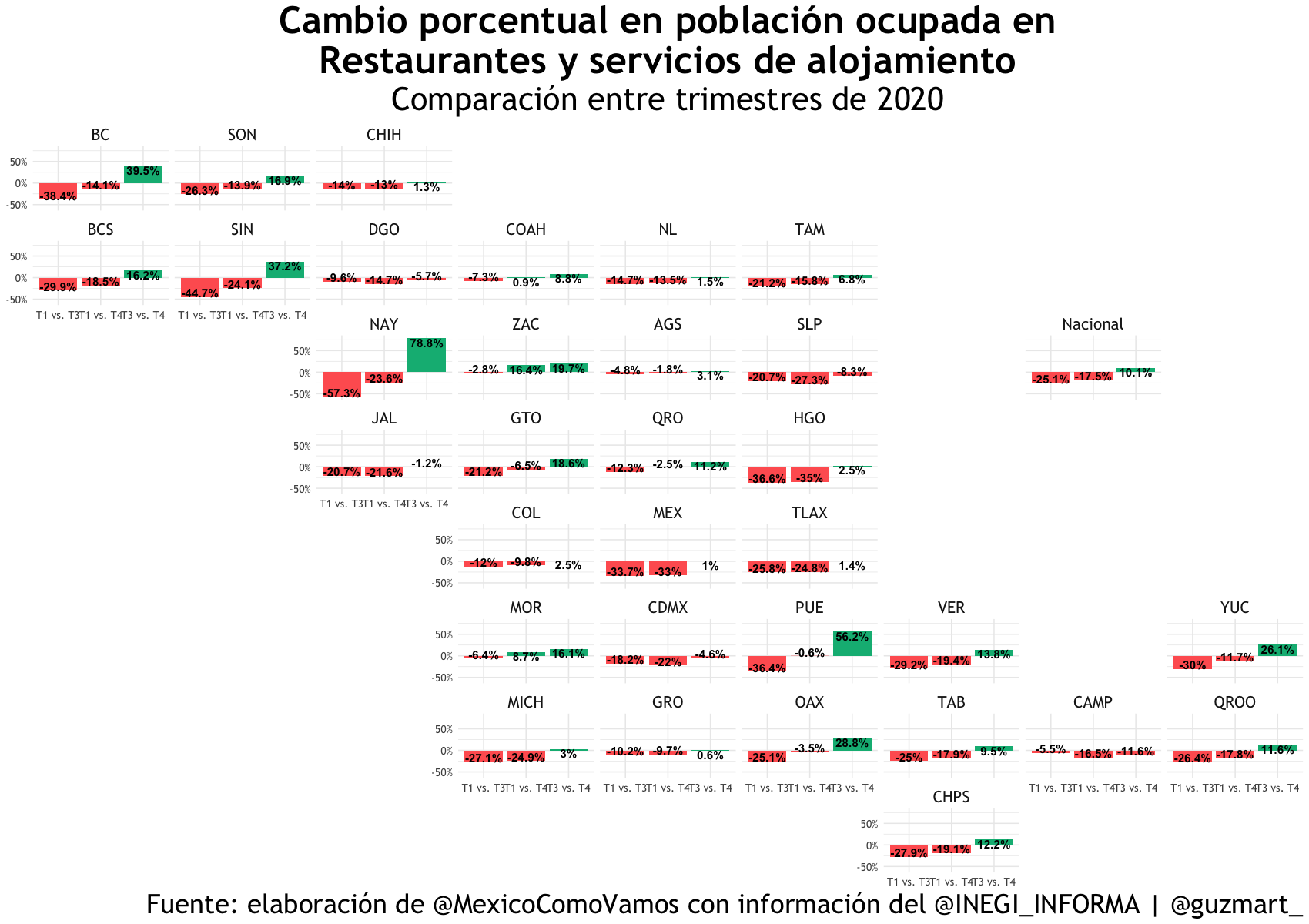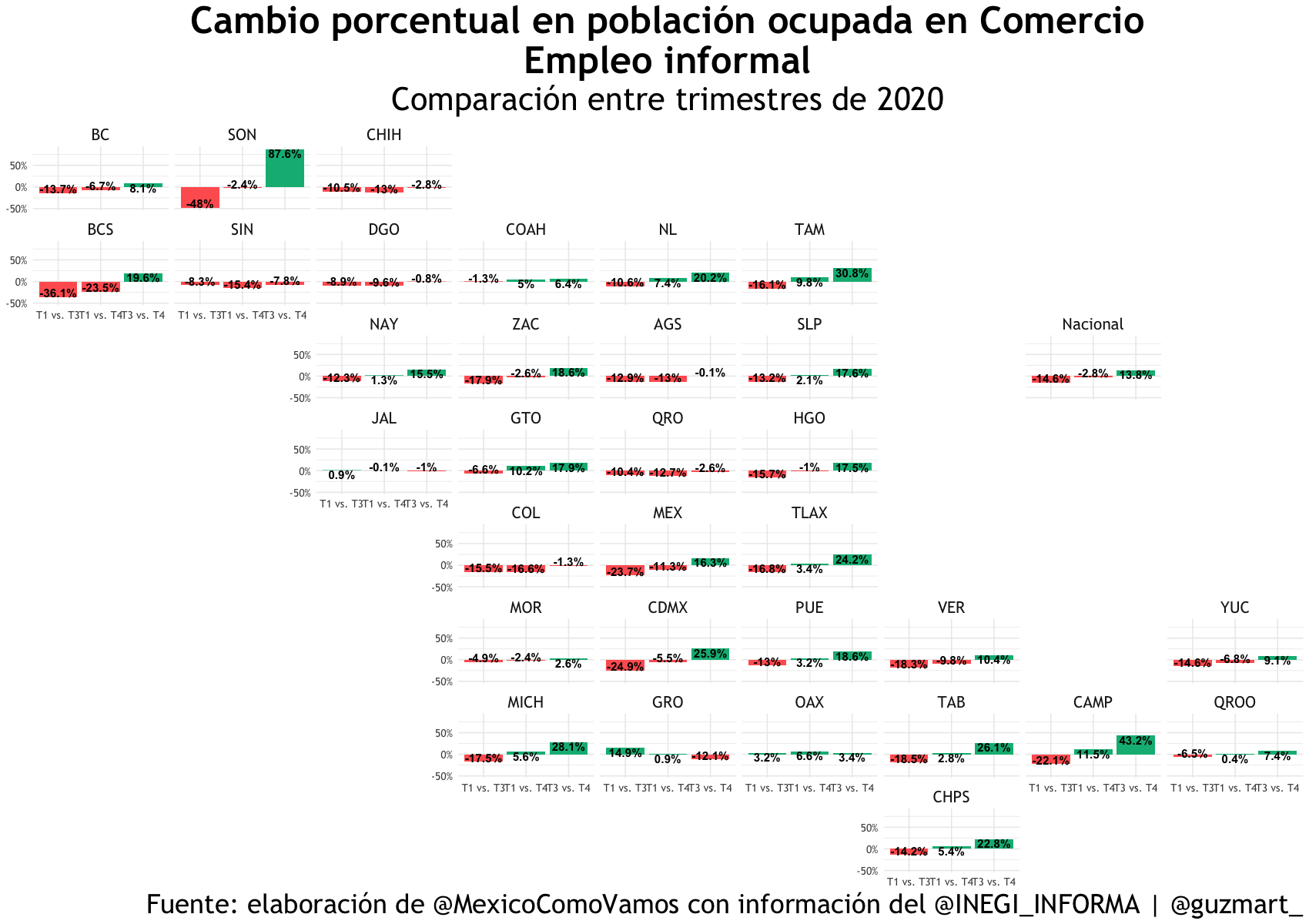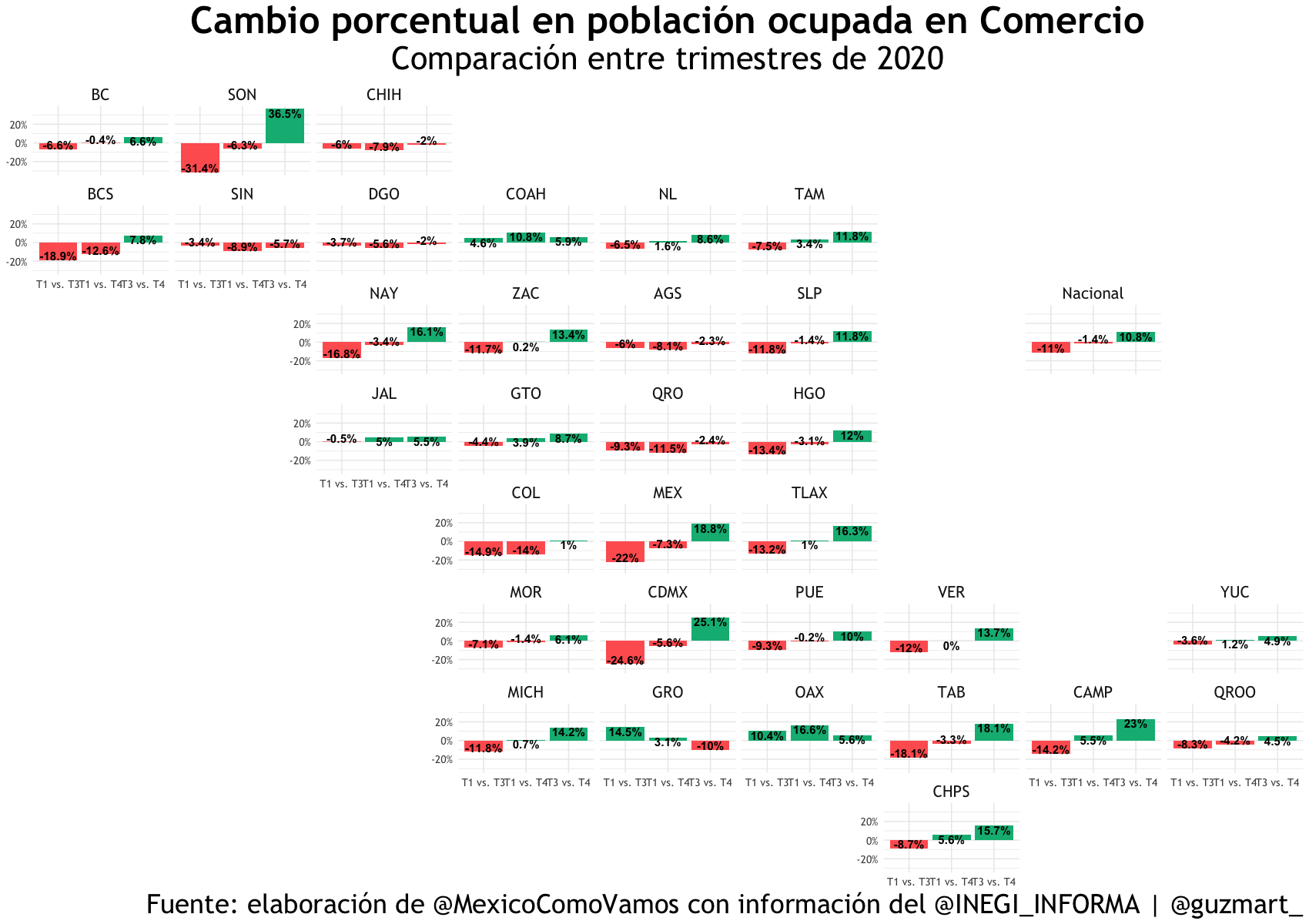
The trade agreement between Mexico, the United States, and Canada (USMCA) has played a fundamental role in promoting economic growth, investment, and North America’s integration. As the region navigates an evolving political dynamic and potential regulatory changes, it becomes necessary to promote solid risk management strategies and an understanding of the political and economic arena, to safeguard the path to regional integration.
The possibility of Donald Trump returning to the U.S. presidency has raised questions about the region’s future, including doubts about USMCA’s future in particular. This has fueled concerns about possible tariff impositions, rigid renegotiations, or even the interruption of the agreement as we know it. This uncertainty underscores the importance of analyzing and understanding political risks to ensure the strengthening of the North American Region.
During USMCA’s negotiation, the administration of then-President Donald Trump initially proposed a five-year sunset clause unless the three parties agreed to continue it. This proposal was considered controversial as, if accepted, it would have created uncertainty, possibly discouraging investment and medium- and long-term planning. Finally, a 16-year sunset clause was agreed upon, with a review every six years, which will take place for the first time in 2026. To ensure that the agreement works as intended, this will allow the parties to extend the agreement if they wish to, it will also provide long-term guarantees, and allow reviews if the countries deem it necessary.
One of the most relevant elements in this context is the TN visa. It is a valuable tool for promoting labor integration and facilitating continuous talent flow across borders. It recognizes that the current labor market challenges are constantly changing and, therefore, require serious, focused analysis.
Despite its practicality, two main limitations in obtaining this visa have been observed over the years: the lack of information about them, and the lack of updates to the professions to which it applies. In this sense, one of the challenges is to strengthen the advertisement of this tool, including informing workers and employers of its existence and the requirements and advantages this visa encompasses. At the same time, in today’s global context, it is essential to rethink the list of professions for which one can apply for this visa, so that more workers can access it and meet the current labor demand in the United States. The fact that the list has not been updated since the original agreement (NAFTA), represents a significant gap concerning the specific characteristics and needs of the current labor market. It is necessary to address these deficiencies so that TN visas can achieve their full potential to boost regional labor mobility.
Nowadays, nearshoring is a regular theme in public conversation. Specific requirements must be met for this phenomenon to meet its generated expectations. Regarding labor, the lack of skilled labor in Mexico is a pressing situation. Making labor integration in the region more dynamic is the best way to address this problem, allowing us to meet market demands and consolidate collaborative work between the three countries in favor of greater competitiveness.
Staying informed in the field requires a deep understanding of the interaction between the three countries’ government policies, regulatory frameworks, and the private sector. By fostering open dialogues and collaborations between companies, policymakers, and the most relevant stakeholders, the different actors can contribute their ideas to mitigate risks, opening new opportunities for labor market integration.
Transparency is a fundamental facilitator in this effort, as timely and complete data on labor supply and demand in the three countries allow stakeholders to make informed decisions and capitalize on emerging opportunities for workforce mobility. Promoting a more evidence-based dialogue will ensure that investors and companies have access to the necessary information needed to navigate the complexities of the regional labor and migration market.
Additionally, it is crucial to forge strategic alliances between governments, international organizations, educational institutions, and civil society for effective risk management and the promotion of sustainable labor integration. To achieve this, proactive measures to address labor migration, identify needs at border entry points, and streamline procedures for integrating migrants into the labor market become indispensable.
It is crucial to recognize and leverage Mexico’s competitive advantages within the USMCA bloc. By identifying and promoting these strengths, job creation can be fostered, and human capital exchange facilitated, amplifying benefits for the entire region.
As political matters specialists, we cannot overlook the global context. As China’s commercial expansion in the region adjusts to new paradigms, we must observe the strategic interests of stakeholders. This may involve regional and workforce dynamics, navigating the complexities of an increasingly competitive global labor market. Further, ensuring North America’s consolidation as the world’s most competitive region will require coordinated efforts between the three countries to face global challenges.
The path towards greater labor integration and mobility within the framework of the USMCA is a multifaceted effort that requires solid political analysis with a forward-looking vision. It demands a balance between risk prevention and mitigation, while leveraging mobility, growth, and innovation opportunities. By promoting open dialogues, we at Connecting Mexico are convinced that deep political understanding is key to generating resilient commercial strategies and thriving in a changing global landscape, aiming to deepen regional integration and facilitate human capital free flow.
A USMCA review in 2026 that disrupts or weakens North American integration could hinder the development of companies and sectors that rely on specialized labor. This could generate political and economic instability in the region, deter foreign direct investment in Mexico, inhibit migration dynamics, and present new labor mobility challenges.
As the world continues to evolve and face new challenges, Mexico, the United States, and Canada find themselves in a critical affair. Their ability to resolve labor mobility will define the workforce and regional integration trajectory, both necessary to ensure North America converges as the world’s most competitive region. For Connecting Mexico, it is crucial to be an active participant in the discussion to foster a fertile ground for smooth cross-border movements, economic growth, and multilateral cooperation throughout the region. Careful monitoring and analysis by specialists will be crucial for stakeholders to face changes and seize emerging opportunities.
References:Connecting México. (2024). Note on participation in the forum “Immigration on the Road: Labor Mobility in North America.” Retrieved from: https://connectingmexico.com/agenda/inmigration-on-the-road-movilidad-laboral-en-norteamerica
Click on the postcard below to go to the site.

